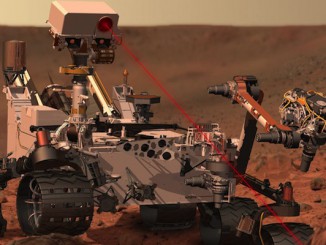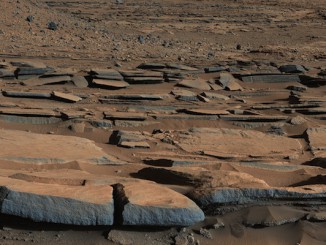
Mars

News

News

News

News

Mission Reports

News

News

News

News

News
